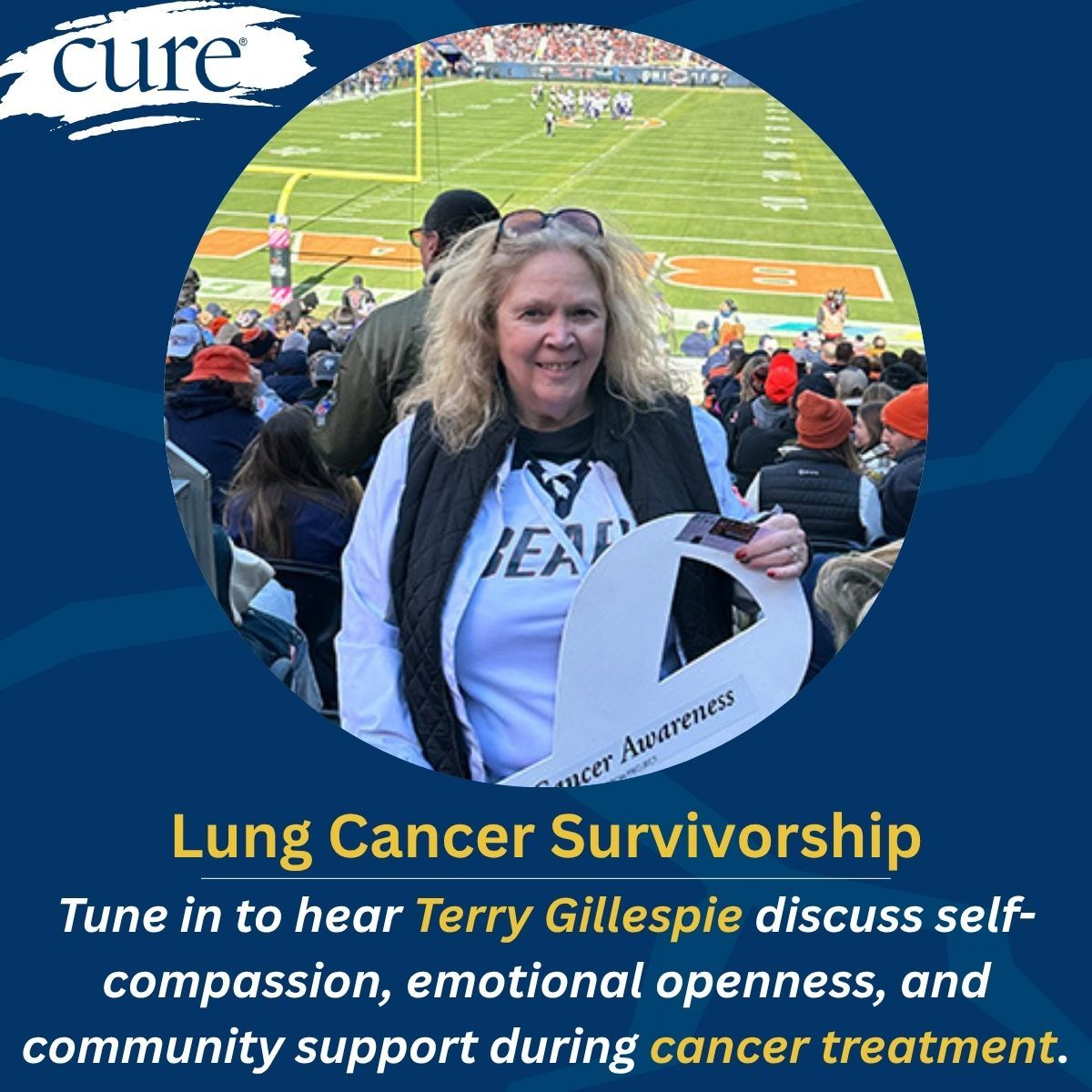Article
Wearable Activity Monitors May Provide Deeper Insight Into Cancer Patient Well-Being
Author(s):
This study was presented in conjunction with the 2016 annual meeting of the American Society of Clinical Oncology (ASCO), a gathering of over 30,000 oncology professionals in Chicago.
In a small pilot study, researchers looked at the impact of wearable activity monitors in assessing patient well-being between office visits.
This study was presented by Arvind Shinde in conjunction with the 2016 annual meeting of the American Society of Clinical Oncology (ASCO), a gathering of over 30,000 oncology professionals in Chicago.
Please tell me about your study of wearable activity monitors in cancer clinical trials. What question were you hoping to answer?
Shinde is an assistant clinical professor of GI Oncology and Palliative Medicine at Cedars-Sinai Medical Center.I have the privilege of practicing both medical oncology and palliative care. In that capacity, I have learned that we really don't have a good understanding of how our patients are doing outside the four walls of our clinic. Most of the time, patients are not in our clinic and not receiving chemotherapy and we don't really know how they're doing.
We try to make assessments when we do see them, we try to assess them for performance status to help us understand how they're doing. We also ask how they're doing — their symptoms, how they're doing psychologically.
For a variety of reasons, though, these assessments are incomplete and biased. Physicians themselves want to treat their patients and want to believe that their patients are doing well. Patients, on the other hand, may not remember how they've been doing over the past week and they may want to convince themselves and their physician that they're doing better than they are.
We know that individuals with solid tumors who are less functional tend to not do so well with their chemotherapy. This dynamic forms where physicians may make decisions — based on incomplete information — that may not be appropriate for patients. The reverse of this may be true, too. Patients may come in and say they're having a lot of symptoms and we don't give them treatment, but they're actually pretty functional at home.
Since our assessments are based on how functional and active a person is, we thought that using activity trackers to monitor people continuously, we might be able to understand how they really are doing outside the clinic. We can monitor how active they are, how their heart rate is doing, how well they're sleeping — and we can translate that to understand how distressed they are. Is there pain that's not being assessed? Is there psychosocial distress? Is there fatigue? These are things we should be able to assess and address, but there are challenges and patients can fall through the cracks.
What did you find?
In this study, we used activity monitors and patient-reported outcomes to come up with a more complete picture of our patients.The study is ongoing, so I can't report on results. We do interview patients after they finish the two-week pilot study, to see if they're wearing the trackers, charging the trackers, what is their feeling about the trackers, and we're also collecting data from the trackers. We've found that almost universally patients are able to wear the trackers continuously and charge them. Most patients want their oncologists to have this information and feel like it will help make better decisions.
What device did you use?
You're wearing both an Apple Watch and a Fitbit right now. Why?
What are your hopes for this project?
This is all about patient-centric assessments and patient-centric decision-making. How helpful this will be, we don't yet know.We are using the Fitbit Charge HR, because it tends to hold its charge for five to seven days, it can hold data for seven days, it monitors sleep and it can measure heart rate. We don't know for sure that heart rate is important, but we know it goes up when people are distressed or in pain. The device also can measure altitude, so it can help us understand how many stairs a person has climbed. If a person can climb a flight of stairs, it tells you a lot about their functionality and cardiovascular health. We also looked into the Apple Watch and the Jawbone UP3. Each device has pros and cons, so as we learn more about the data we're collecting, we may change devices. It's about how data changes over time, so the actual device to collect that data may be less important. These devices, too, are relatively inexpensive. Compared to just one dose of chemotherapy, for instance, a $150 device isn't a lot.To learn more about them. It's become clear to me that unless you wear these devices regularly, you don't understand the hiccups that could come along. I haven't, personally, experienced any challenges, but I know they can occur.There's great promise for assessing performance status to determine if chemotherapy is appropriate. I think, also, a great potential value of this technology is that we could understand how people are doing significantly before the patient's three-week visit. We can intervene if something isn't going well, in a way that's beneficial to the patient and less costly to the system. There's great value in learning how to use this technology, we just have to learn how to use it. This technology is rapidly progressing, so it's a great opportunity.




